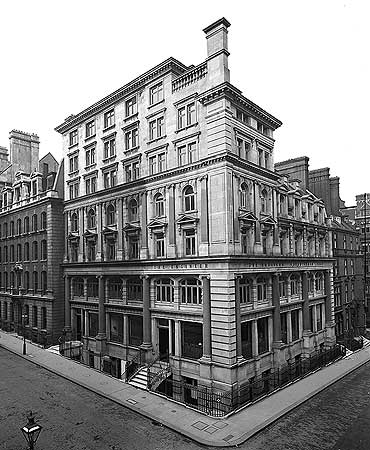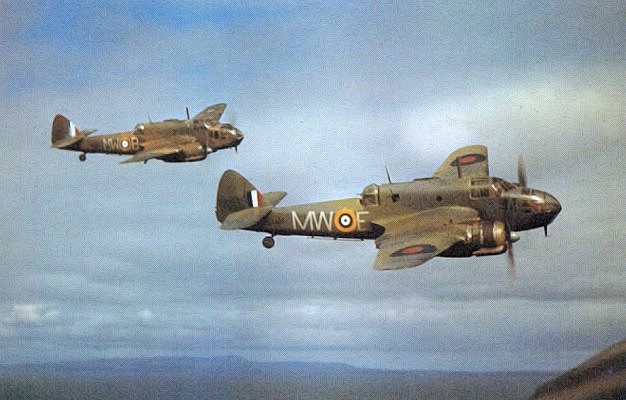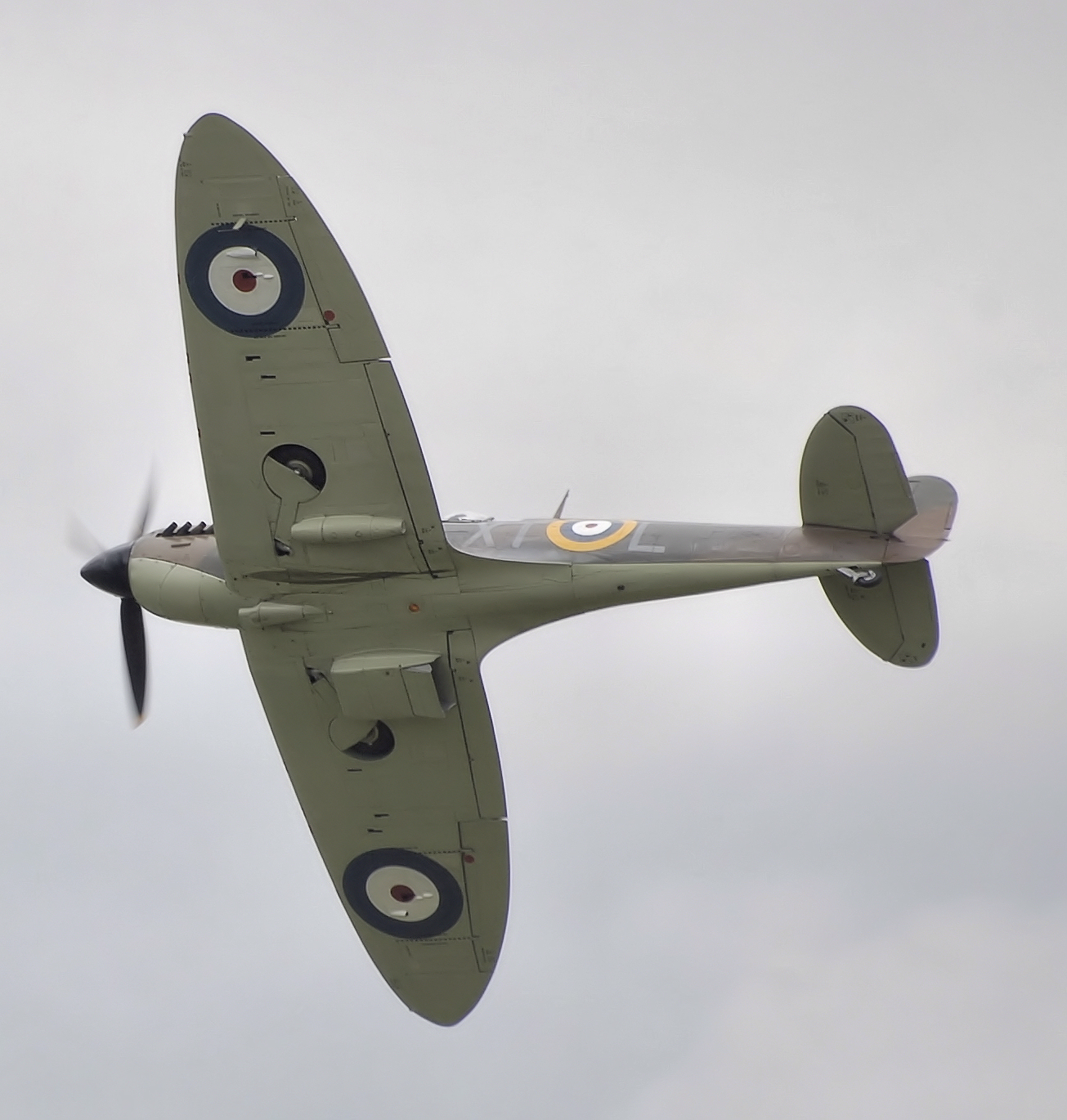|
National Aircraft Factory No. 2
National Aircraft Factory No. 2 (NAF No.2) was a World War I UK government owned aircraft factory located at Heaton Chapel, Stockport. It produced over 450 warplanes during 1918/19. The Heaton Chapel factory was then sold to Crossley Motors, who used it for building motor vehicles. In 1934, it was sold to the Fairey Aviation Company, with aircraft production there continuing until the late 1950s. Management In 1917, the UK government decided to increase the country's aircraft production capacity by establishing 'National Aircraft Factory, National Aircraft Factories'. These were to be managed by large established industrial firms from outside the aircraft industry. NAF No.2 was created at Crossley Road, Heaton Chapel, next to the London & North Western Railway company's line between Manchester Piccadilly station, Manchester (London Road) station and Stockport railway station, Stockport (Edgeley) station. Crossley Motors had partially completed a factory to build aero-engines on th ... [...More Info...] [...Related Items...] OR: [Wikipedia] [Google] [Baidu] |
Heaton Chapel
Heaton Chapel is an area in the northern part of Stockport, Greater Manchester, England. Within the boundaries of the Historic counties of England, historic county of Lancashire, it borders the Manchester districts of Levenshulme to the north, the Stockport districts of Heaton Moor to the west, Reddish and Heaton Norris to the east and Heaton Mersey to the west and south. Heaton Chapel and its neighbouring areas are collectively known as the Four Heatons. History Before 1758, Heaton Chapel did not exist but was simply part of the Lancashire parish of Heaton Norris.The History of St Thomas', Heaton Norris, pub privately by the author, deposited with The British Library Copyright Receipt Office on 1 August 1979 under receipt 68519, and now released on line http://shawweb.myzen.co.uk/stephen/thomas0.htm The need for a chapel was identified in Parliamentary Commission "Lancashire and Cheshire church surveys" (1649–1655) but it was a further hundred years before Mr A. Colier rai ... [...More Info...] [...Related Items...] OR: [Wikipedia] [Google] [Baidu] |
Armistice
An armistice is a formal agreement of warring parties to stop fighting. It is not necessarily the end of a war, as it may constitute only a cessation of hostilities while an attempt is made to negotiate a lasting peace. It is derived from the Latin ''arma'', meaning "arms" (as in weapons) and ''-stitium'', meaning "a stopping". The United Nations Security Council often imposes, or tries to impose, cease-fire resolutions on parties in modern conflicts. Armistices are always negotiated between the parties themselves and are thus generally seen as more binding than non-mandatory UN cease-fire resolutions in modern international law. An armistice is a '' modus vivendi'' and is not the same as a peace treaty, which may take months or even years to agree on. The 1953 Korean War Armistice Agreement is a major example of an armistice which has not been followed by a peace treaty. An armistice is also different from a truce or ceasefire, which refer to a temporary cessation of hostiliti ... [...More Info...] [...Related Items...] OR: [Wikipedia] [Google] [Baidu] |
The Engineer (UK Magazine)
''The Engineer'' is a London-based monthly magazine and website covering the latest developments and business news in engineering and technology in the UK and internationally. History and description ''The Engineer'' was founded in January 1856. It was established by Edward Charles Healey, an entrepreneur and engineering enthusiast with financial interests in the railways whose friends included Robert Stephenson and Isambard Kingdom Brunel. The journal was created as a technical magazine for engineers. ''The Engineer'' began covering engineering including inventions and patents during a high point of British economic manufacturing power. In the 19th century it also published stock prices of raw materials. Together with the contemporary ''Engineering'' journal the work is considered a valuable historical resource for the study of British economic history. On 10 July 2012 the magazine announced its final print edition, the editor Jon Excell citing "increasing distribution and ... [...More Info...] [...Related Items...] OR: [Wikipedia] [Google] [Baidu] |
Air-Britain
Air-Britain, traditionally sub-titled "The International Association of Aviation Enthusiasts", is a non-profit aviation society founded in July 1948. As from 2015, it is constituted as a British charitable trust and book publisher. History Air-Britain was formed in 1948 as an amateur association of aviation enthusiasts. In April 1968, it was incorporated into a company limited by guarantee, Air-Britain (Historians) Ltd. On 16 April 2015, the status of Air-Britain changed from a Private company limited by guarantee, in the form of Air-Britain (Historians) Ltd, to a British charity, in the form of Air-Britain Trust Ltd. Air-Britain organised an annual international aircraft recognition contest that started with an event in September 1961, for all comers, and attracted applications from individuals and teams from various sources such as Royal Observer Corps (ROC), Air Training Corps (ATC), and Air-Britain regional branches. The annual aircraft recognition contest was discontinued afte ... [...More Info...] [...Related Items...] OR: [Wikipedia] [Google] [Baidu] |
Board Of Trade
The Board of Trade is a British government body concerned with commerce and industry, currently within the Department for International Trade. Its full title is The Lords of the Committee of the Privy Council appointed for the consideration of all matters relating to Trade and Foreign Plantations, but is commonly known as the Board of Trade, and formerly known as the Lords of Trade and Plantations or Lords of Trade, and it has been a committee of the Privy Council of the United Kingdom. The board has gone through several evolutions, beginning with extensive involvement in colonial matters in the 17th century, to powerful regulatory functions in the Victorian Era and early 20th century. It was virtually dormant in the last third of 20th century. In 2017, it was revitalised as an advisory board headed by the International Trade Secretary who has nominally held the title of President of the Board of Trade, and who at present is the only privy counsellor of the board, the other m ... [...More Info...] [...Related Items...] OR: [Wikipedia] [Google] [Baidu] |
Handley Page Halifax
The Handley Page Halifax is a British Royal Air Force (RAF) four-engined heavy bomber of the Second World War. It was developed by Handley Page to the same specification as the contemporary twin-engine Avro Manchester. The Halifax has its origins in the twin-engine ''HP56'' proposal of the late 1930s, produced in response to the British Air Ministry's Specification P.13/36 for a capable medium bomber for "world-wide use." The HP56 was ordered as a backup to the Avro 679, both aircraft being designed to use the underperforming Rolls-Royce Vulture engine. The Handley Page design was altered at the Ministry to a four-engine arrangement powered by the Rolls-Royce Merlin engine; the rival Avro 679 was produced as the twin-engine Avro Manchester which, while regarded as unsuccessful mainly due to the Vulture engine, was a direct predecessor of the famed Avro Lancaster. Both the Lancaster and the Halifax emerged as capable four-engined strategic bombers, thousands of which were bu ... [...More Info...] [...Related Items...] OR: [Wikipedia] [Google] [Baidu] |
Bristol Beaufighter
The Bristol Type 156 Beaufighter (often called the Beau) is a British multi-role aircraft developed during the Second World War by the Bristol Aeroplane Company. It was originally conceived as a heavy fighter variant of the Bristol Beaufort torpedo bomber. The Beaufighter proved to be an effective night fighter, which came into service with the Royal Air Force (RAF) during the Battle of Britain, its large size allowing it to carry heavy armament and early airborne interception radar without major performance penalties. The Beaufighter was used in many roles; receiving the nicknames ''Rockbeau'' for its use as a rocket-armed ground attack aircraft and ''Torbeau'' as a torpedo bomber against Axis shipping, in which it replaced the Beaufort. In later operations, it served mainly as a maritime strike/ground attack aircraft, RAF Coastal Command having operated the largest number of Beaufighters amongst all other commands at one point. The Royal Australian Air Force (RAAF) also m ... [...More Info...] [...Related Items...] OR: [Wikipedia] [Google] [Baidu] |
British Shadow Factories
British shadow factories were the outcome of the Shadow Scheme, a plan devised in 1935 and developed by the British Government in the buildup to World War II to try to meet the urgent need for more aircraft using technology transfer from the motor industry to implement additional manufacturing capacity. The term 'shadow' was not intended to mean secrecy, but rather the protected environment they would receive by being staffed by all levels of skilled motor industry people alongside (in the shadow of) their own similar motor industry operations. A directorate of Aeronautical Production was formed in March 1936 with responsibility for the manufacture of airframes as well as engines, associated equipment and armaments. The project was headed by Herbert Austin and developed by the Air Ministry under the internal project name of the Shadow Scheme. Sir Kingsley Wood took responsibility for the scheme in May 1938, on his appointment as Secretary of State for Air in place of Lord Swi ... [...More Info...] [...Related Items...] OR: [Wikipedia] [Google] [Baidu] |
Manchester Airport
Manchester Airport is an international airport in Ringway, Manchester, England, south-west of Manchester city centre. In 2019, it was the third busiest airport in the United Kingdom in terms of passenger numbers and the busiest of those not serving London. The airport comprises three passenger terminals and a cargo terminal, and is the only airport in the UK other than Heathrow Airport to operate two runways over in length. Manchester Airport covers an area of and has flights to 199 destinations, placing the airport thirteenth globally for total destinations served. Officially opened on 25 June 1938, it was initially known as Ringway Airport, a name still in local use. In World War II, as RAF Ringway, it was a base for the Royal Air Force. The airport is owned and managed by the Manchester Airport Holdings (trading as ''MAG''), a holding company owned by the Australian finance house IFM Investors and the ten metropolitan borough councils of Greater Manchester, with Man ... [...More Info...] [...Related Items...] OR: [Wikipedia] [Google] [Baidu] |
Fairey Battle
The Fairey Battle is a British single-engine light bomber that was designed and manufactured by the Fairey Aviation Company. It was developed during the mid-1930s for the Royal Air Force (RAF) as a monoplane successor to the Hawker Hart and Hind biplanes. The Battle was powered by the same high-performance Rolls-Royce Merlin piston engine that powered various contemporary British fighters such as the Hawker Hurricane and Supermarine Spitfire. As the Battle, with its three-man crew and bomb load, was much heavier than the fighters, it was therefore much slower. Though a great improvement over the aircraft that preceded it, its relatively slow speed, limited range and inadequate defensive armament of only two .303 (7.7 mm) machine guns left it highly vulnerable to enemy fighters and anti-aircraft fire.Ethell 1995, p. 177. The Fairey Battle was used on operations early in the Second World War. During the "Phoney War" the type achieved the distinction of scoring the first aer ... [...More Info...] [...Related Items...] OR: [Wikipedia] [Google] [Baidu] |
Barton Aerodrome
City Airport is an airport in Barton-upon-Irwell, Greater Manchester, England, west of Manchester. Formerly known as Barton Aerodrome and City Airport Manchester, It is known by the Civil Aviation Authority (CAA) as Manchester/Barton. The United Kingdom's first purpose-built municipal airport, it has four grass runways. The airfield operates Tuesday - Sunday, from 9 am BST until 6 p.m. or sunset (whichever earlier) for fixed-wing aircraft. Commercial, private, military, police and air ambulance helicopters can operate in the hours of darkness by arrangement. The airport is also used as a refuelling stop for light aircraft and helicopters. It lies on the edge of Chat Moss and the aircraft movements area suffers from occasional periods of waterlogging, restricting fixed wing operations. Works to improve drainage on the airfield have seen some success in reducing the number of closures. It has a CAA Ordinary Licence (Number P886) that allows flights for the public transpor ... [...More Info...] [...Related Items...] OR: [Wikipedia] [Google] [Baidu] |
Fairey Hendon
The Fairey Hendon was a British monoplane, heavy bomber of the Royal Air Force, designed by Fairey Aviation in the late 1920s. The aircraft served in small numbers with one squadron of the RAF between 1936 and 1939. It was the first all-metal low-wing monoplane to enter service with the RAF.Taylor 1974, p. 208. Development The Hendon was built to meet the Air Ministry Specification B.19/27 for a twin-engine night bomber to replace the Vickers Virginia, competing against the Handley Page Heyford and Vickers Type 150. The specification required a range of at a speed of , with a bomb load of .Taylor 1974, p. 209. To meet this requirement, Fairey designed a low-winged cantilever monoplane with a fixed tailwheel undercarriage. The fuselage had a steel tube structure with fabric covering with a pilot, a radio operator/navigator and three gunners, in open nose, dorsal and tail positions. Bombs were carried in a bomb bay in the fuselage centre. Variants powered by either radial engi ... [...More Info...] [...Related Items...] OR: [Wikipedia] [Google] [Baidu] |
.jpg)








